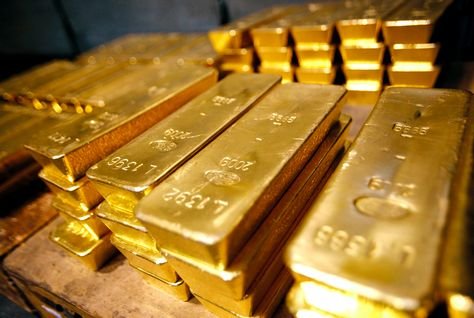Forex Series - Part 1: History of the markets
History of the Market
The Foreign Exchange market has been around for quite a period of time. Countries have been using their own currencies for generations and have held their own particular pairs over all this time.
The most important event in the history of the Forex markets was the creation of the Gold Standard monetary system which was introduced in 1875. Prior to this system nations would participate in the exchange of gold and silver as common methods of payment. However, there was an issue with this system, the value of these precious metals would be greatly affected by global supply and demand, for example if new gold reserves were found the price of gold would decrease significantly due to increased supply.
The basic concept behind the Gold Standard system was that governments and nations guaranteed the conversion of currency into a specific amount of gold, and vice versa. In other words, currency was backed by precious metals. With that being said however, it resulted in governments and nations requiring a rather large reserve of gold and silver to meet the high demands of currency exchanges. As the years progressed and demand increased for currency exchange, all of the major economically sound countries had pegged an amount of currency to an ounce of gold. As supply and demand increased and decreased for gold overtime, the difference in price for an ounce of gold between two currencies became the exchange rate for those two currencies. This brought into play the first official means of currency exchange in history.

World War I saw the breakdown of the Gold Standard system due to an increase in major political tension with Germany and other European nations. Due to the requirement for larger military projects, they began printing more money to be able to substantiate the rise in military expenses. The financial stress of these projects was so significant that there was no longer enough gold to exchange for all of the currency that the governments were printing, this resulted in a collapse in the system.
The Gold Standard did however try to make a comeback in the years to follow but once again by the time World War II had sprung, countries had once again dropped the system. However to this day, Gold remains the ultimate form of monetary value.
Supply and demand of a specific instrument has long been the deciding factor of the worth of that instrument, and as it caused the collapse of the Gold Standard system it gave rise to many other influential factors that have led to the Forex markets as we know them today.
The value of a currency pair will change over time based on the supply and demand for it. If more people are buying one currency to exchange another one with then the value of that pair will increase over time. For instance, the exchange rate between the American and Canadian dollars can increase in value if more people sell their American dollars to get Canadian dollars. The supply will be greater and the demand will increase too.
As we stated before, currency trading has been around for generations. However, it was not until after 1973 when the general public started to become able to trade currencies.
The nation-state controlled foreign exchange market operated prior to 1973 but it ended up disbanding rather quickly. This came as the Bretton Woods Accord failed to keep currencies under control. This accord was signed after World War II to allow currencies to move within a 1% range to the par value of each other, another major feature of the Bretton Woods Accord was that the American dollar replaced gold as the main standard of convertibility for the world currencies. However, changes in the supply and demand for currencies made it harder for the exchange rates around the world to actually be kept under control. Individual economic factors within these countries only made matters worse.
After 1973, the Bretton Woods Accord was abandoned. Individual countries started to allow people to trade currency pairs; this started with China in 1981 and eventually moved on to Europe and soon after the entire world. Although the Bretton Woods Accord did not last long, it left an extremely important legacy behind, it gave birth to the International Monetary Fund, the World Bank and the General Agreement on Tariffs and Trade, which led to the World Trade Organization.
The birth of the online trading world has only made it easier for people to trade currencies. People can now do this with online programs that can automatically measure and calculate different totals, a far distance from the methods used in the last century.
This appears to be pretty much a direct paraphrase of the investopedia article
VS
You decide: is paraphrasing content like this really what we want on steemit?
I upvote U
Congratulations @kenneth10169! You received a personal award!
You can view your badges on your Steem Board and compare to others on the Steem Ranking
Vote for @Steemitboard as a witness to get one more award and increased upvotes!
Well described